Blog – Bitcoin mining: The next rush to hit the Arctic?

Deep in the heart of Siberia near the alluring shores of Lake Baikal lies Irkutsk – a city fast becoming the world’s bitcoin mining capital. With the cheapest energy in all of Russia, low temperatures that obviate the need for cooling down hot computing centers, and a handful of enterprising businessmen, the city of 600,000 people is home to an increasing number of server farms that use their power to solve millions of puzzles in order to produce, or “mine,” a new bitcoin.
Irkutsk’s surprising success may prompt other energy-rich, cool-climate, low-population density places – many of which can be found in the Arctic – to try their luck at bitcoin mining. After all, similar, energy-intensive industries have already found niches in the Arctic, from Quebec and Iceland’s aluminum smelting, based on the enormous hydropower sector there, to Finland’s data centers and server farms drawing on clean energy sources like wind and hydro.
To understand bitcoining mining’s potential for the Arctic first requires a short explanation of how bitcoin mining works.
Bitcoin mining in a nutshell
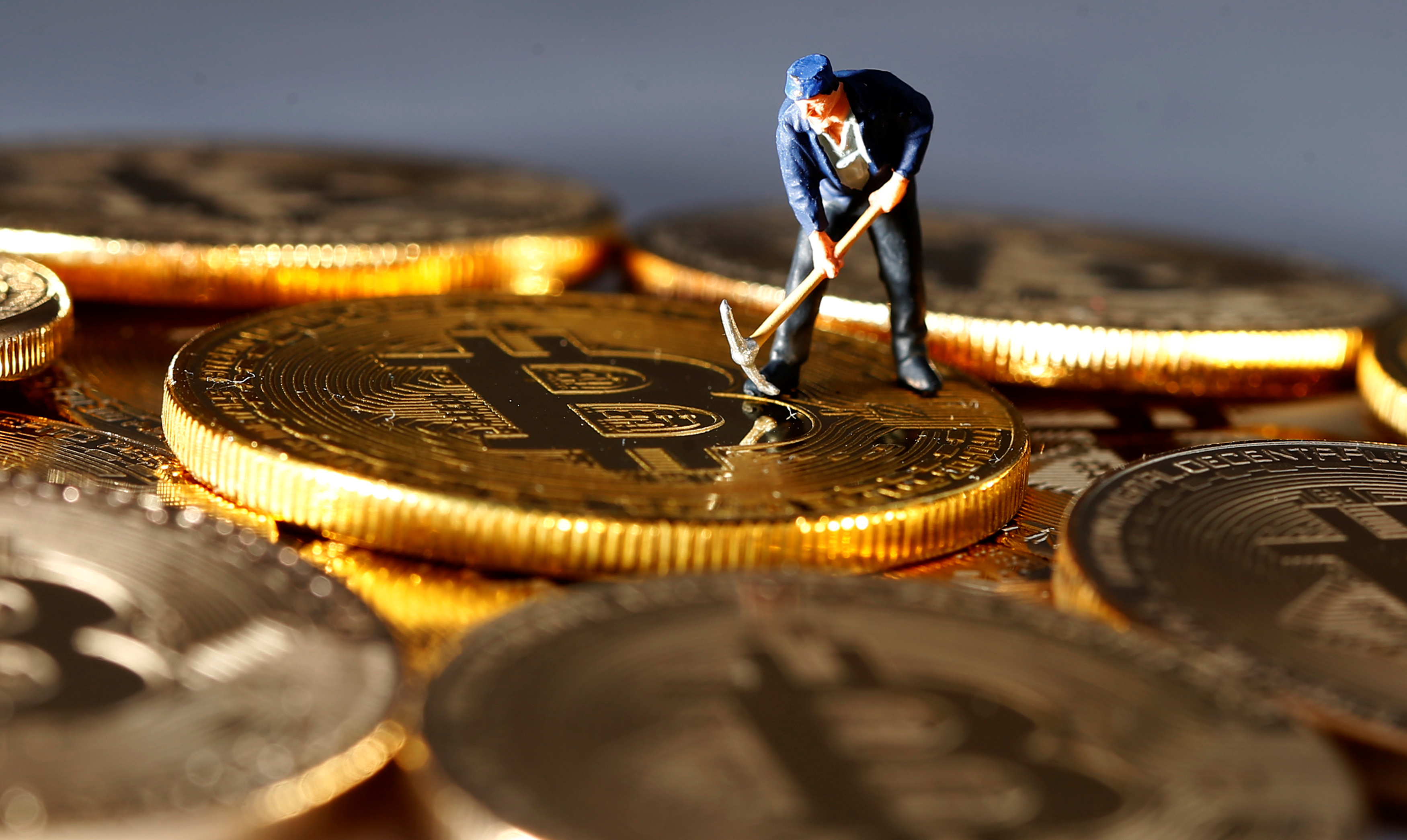
Bitcoin, the most famous of cryptocurrencies, is created and held digitally. It can be used like normal currency to buy or sell things so long as both parties agree on using it as a means of exchange. Bitcoin is also the world’s first decentralized currency, with no single bank or authority upholding its value. Instead of a single treasury printing paper notes and minting coins, bitcoin is “mined” by coders (and now, more typically, software programs) around the world that solve mathematical puzzles to produce a unit of the invisible money.
In actuality, what’s happening with the “discovery” of a bitcoin is the verification of a transaction. Transactions are stored in what is called a blockchain: basically, an electronic ledger that stores all bitcoin transactions to have ever occurred.
Now, imagine you had to basically guess what all of those transactions were. It would take you and your computer a very, very long time. Currently, approximately two billion attempts are needed before the software can confirm a transaction, With the power of multiple computers and a lot of power, however, guessing the blockchain is a lot faster.
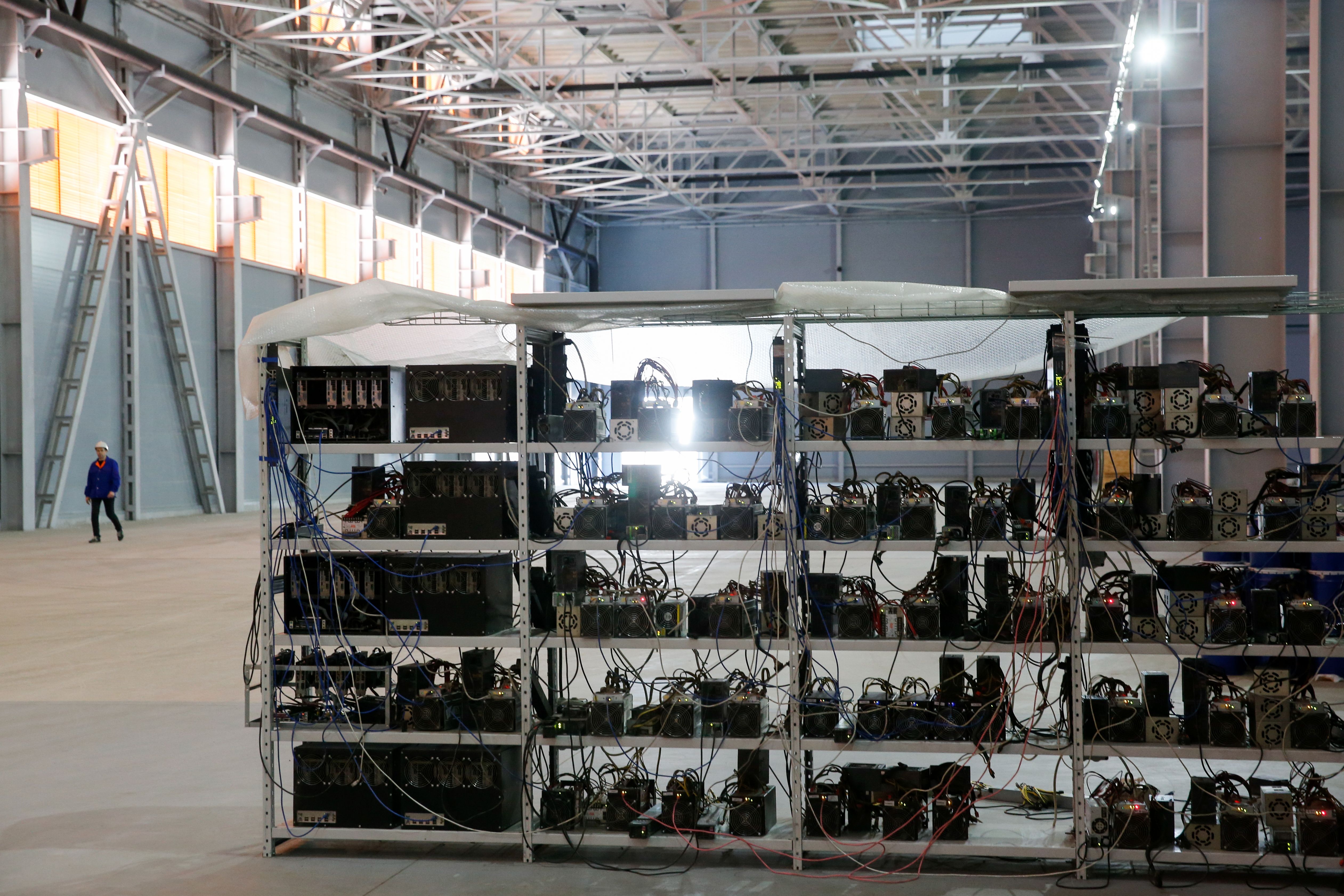
As a reward for all this computing-intensive work, the miner gets some bitcoin for him or herself. Confirming a transaction grants the miner 12.5 bitcoins of his or her own. If multiple parties have contributed to the production of one bitcoin, then those 12.5 bitcoins are distributed proportionally to the amount of work put in. At today’s value of $8,860 per bit coin, mining a single one can produce a big chunk of change: $110,750, to be exact.
Neither bitcoin nor money grows on trees, of course. Cryptocurrency mining requires a massive amount of processing power and actual energy to fuel the computers and servers crunching the numbers. Furthermore, the amount of energy needed to produce one bitcoin is rising over time. This is because bitcoin software automatically readjusts so that no matter how much energy is being pumped into the worldwide bitcoin mining system, only one bitcoin can be produced every 10 minutes. That means that over time, miners must actually solve an increasing number of puzzles, and therefore use more energy, to produce one bitcoin. The cryptocurrency’s energy use has been rising, some say to unsustainable levels. One website claims that bitcoin uses almost as much energy as Singapore. Thus, as with any energy-intensive industry, enterprising people and companies are looking to the set up shop in the places with the world’s cheapest energy.
Cheap energy explains why Irkutsk is an ideal place to mine
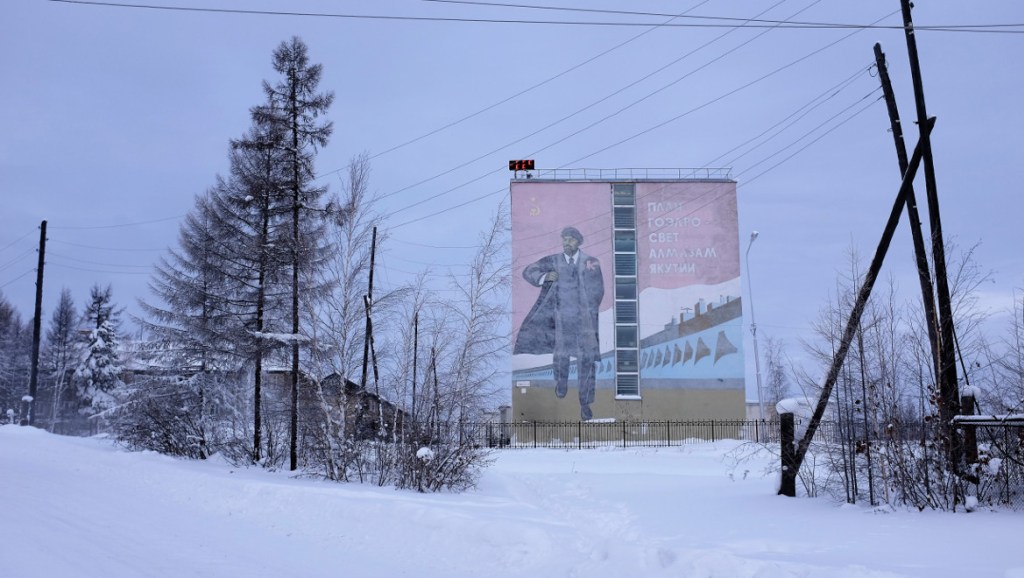
The cost of energy varies dramatically both within and between countries. It depends on a number of factors including the price of generating electricity and government taxes. Italy has one of the world’s highest average rates at 21 US dollar cents per kilowatt hour, according to World Atlas. At the bottom end of the scale are Finland, Canada, and Sweden – all countries awash in energy, especially hydropower. They all range around 8 cents per hour.
Electricity gets even cheaper once you head to Russia, and even more so if you head far away from Moscow to a place like Irkutsk. There, the municipal government charges only 4 cents per kilowatt hour, making the city an ideal place to mine bitcoin.
Much of SIberia’s cheap energy comes from hydropower creating by damming the region’s powerful rivers. Russia ranks second in the world in terms of total hydropower potential after China and first in terms of undeveloped hydropower, according to a World Energy report. As of now, Russia only utilizes a mere 10% of its hydropower potential (compared to China’s 42%). That means there’s room for a lot more dams, and possibly, a lot more bitcoin mining, in the country’s remote reaches.
Some nine percent of the world’s hydro resources are located in Siberia and the Russian Far East. If these regions were to further develop bitcoin mining, they would also be building on their long legacy of gold, diamond, and coal mining in some of the world’s most forbidding lands.
In Irkutsk, an entrepreneurial mindset is mixing with cheap energy. A few key business-savvy Russians are helping to turn Irkutsk into a bitcoin mining capital. Yuri Dromashko, interviewed at length by Russian newspaper Novaya Gazeta (even if you don’t speak Russian, the article is worth checking out for the photos alone), runs a bitcoin mining farm that burns through 2.5 megawatts a month – enough power to run about 9,000-10,000 average Russian apartments.
He’s trying to convince fellow residents to get in on the game. While smoking a hookah pipe on the banks of the river Moskva in the nation’s capital, he intoned, “A new world appears, and Irkutsk has fallen at its center. I’m telling everyone: guys, quit with the garbage and get down to business — the region’s never had such a chance. Not all of us are associated with the crisis and hawthorn.” (Here, hawthorn refers to boyaryshnik, the hawthorn-scented bath oil whose consumption resulted in the tragic mass deaths by methanol poisoning in Irkutsk in December 2016).
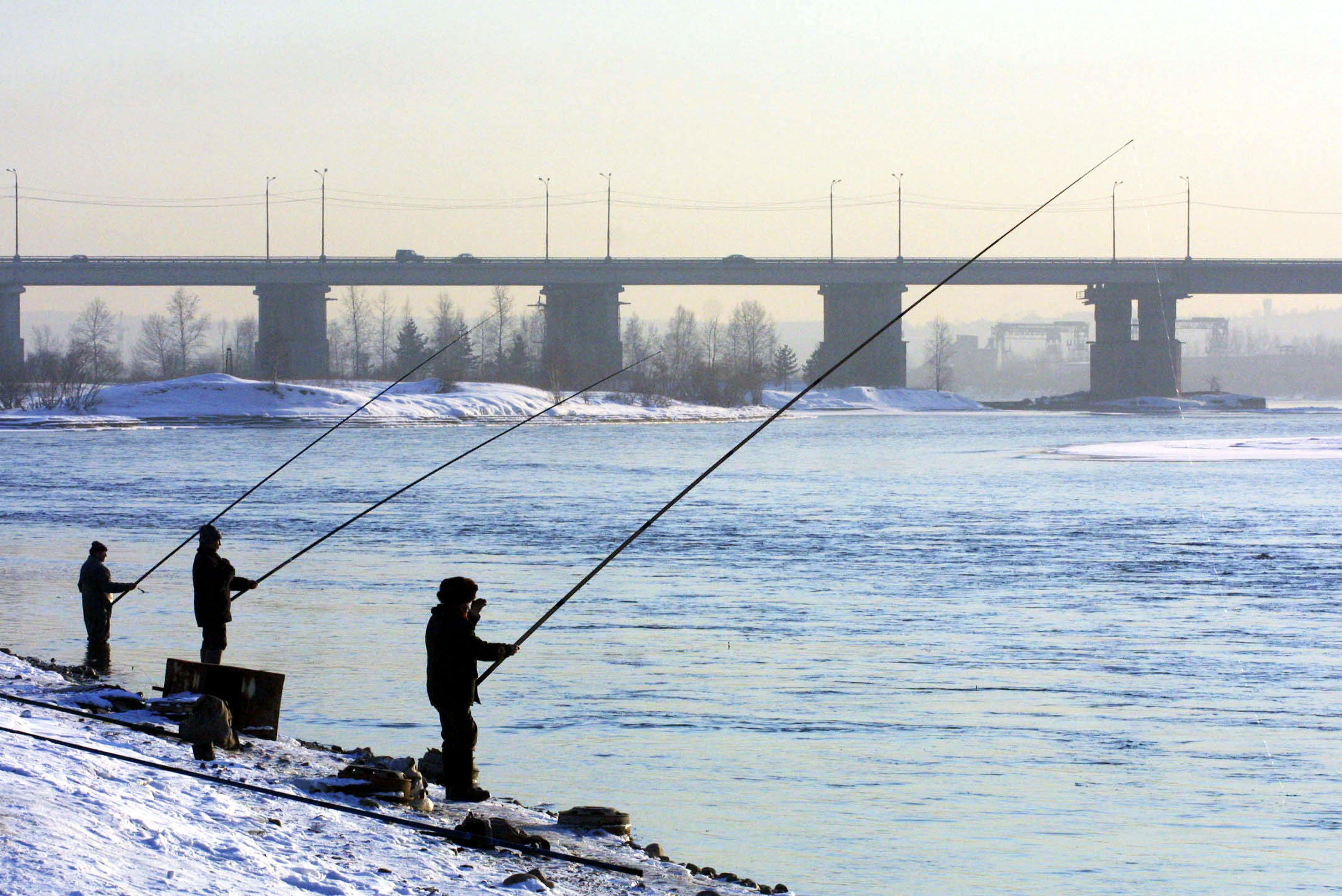
Another plus for bitcoin mining in Irkutsk is that with an average year-round temperature of 32°F/0°C, comparably little energy is required to keep hot server farms from overheating. In fact, rather than having to cool them down, the warm air coming off the number-crunching servers can be harnessed to heat homes in the frigid city. Dmitry Tolmachyev, a furniture tycoon in Irkutsk, and his colleague, Ilya Frylov, have invented a clever prototype for a small cottage that does exactly that, of which Quartz has a video. In Siberia, bitcoin mining can make you rich and warm.
Where should the next bitcoin mine be?
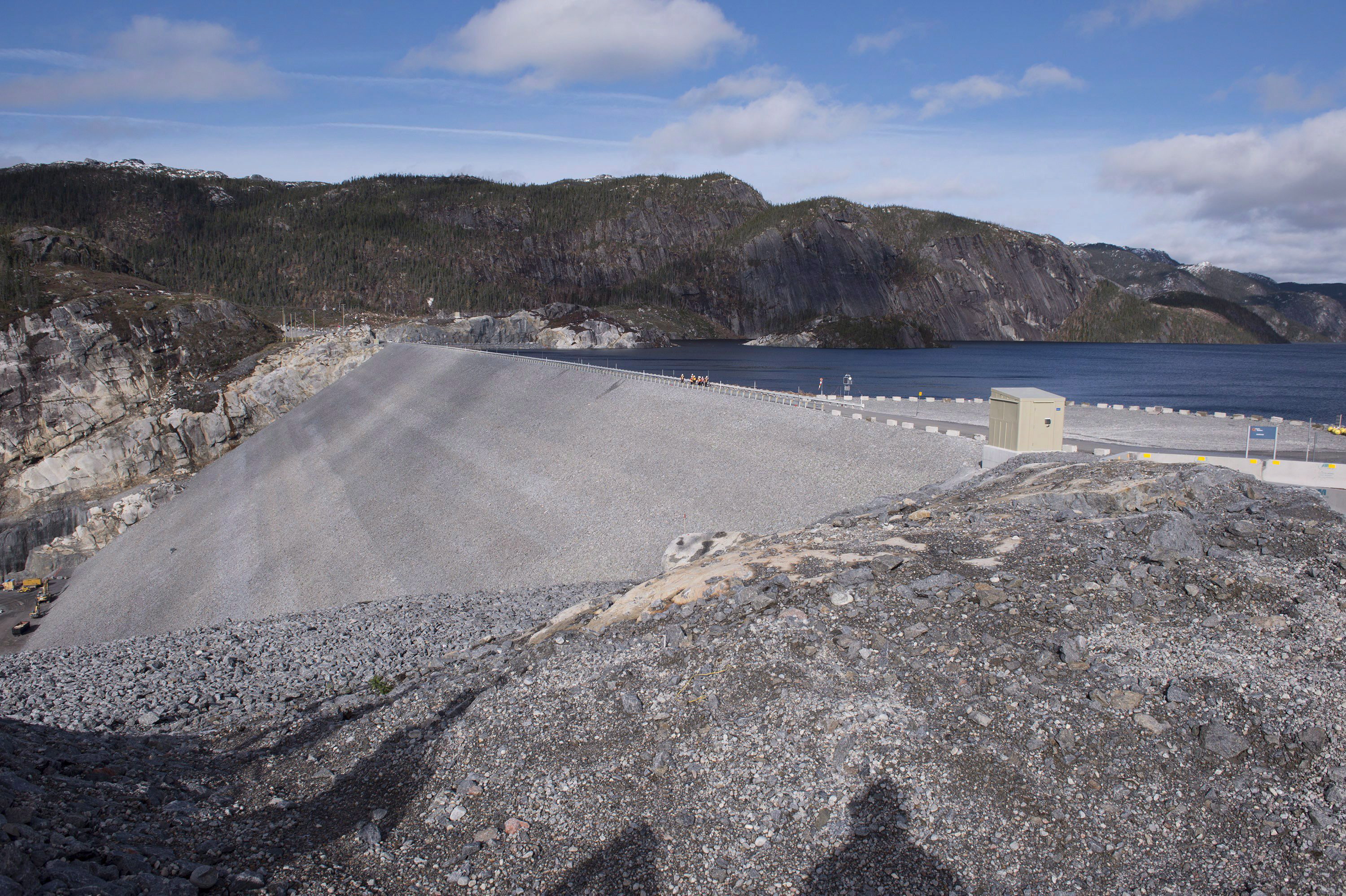
Bringing in both heat and wads of cash makes bitcoin mining seem like a perfect fit for communities in the Arctic that have run out of other avenues for economic development. Boris Chernyshov, a representative in the State Duma, Russia’s legislature, has proposed creating an entirely new Siberian city based on bitcoin mining – a scheme that sounds straight out of a Soviet-era planning book. State-run newspaper Russia Today quoted the young representative as asserting, “A mining city will help people make money, buy apartments, and other things they need. It would also enrich the state budget on account of the taxes. If we build such a settlement near the border, for example, with China, this will immediately generate huge interest and there will be flows of business tourists. Such a place will become a business forum, will bring investment from abroad.”
I made a map that suggests where some of the best places in the Arctic might be to start up based on three attributes: having a settlement nearby (since you need at least a few people to monitor the computers and servers), the presence of a hydropower dam (the data is taken from the Global Reservoir and Dam Database (GRanD) and does not include all hydroelectric facilities – only dams) and average temperature in January (from WorldClim2). Note, of course, that this map also doesn’t take into account the actual price per kilowatt hour of electricity since I haven’t found such records being made publicly available at a pan-Arctic scale.
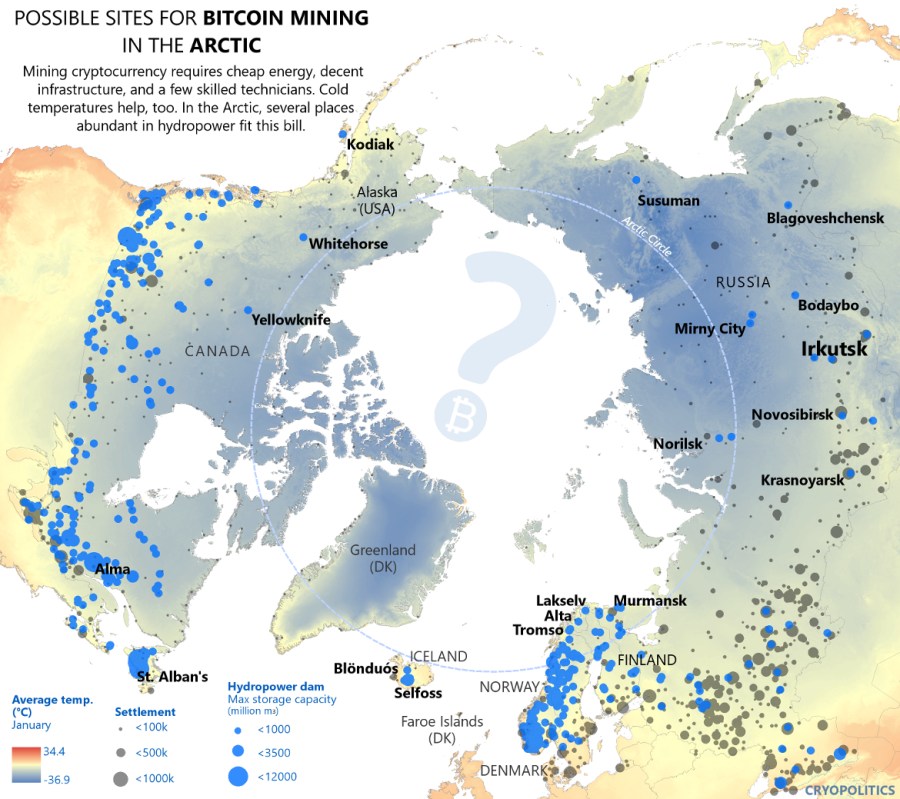
In bold are the places that might have a chance at doing well with bitcoin mining. Irkutsk, of course, already has a head start with the industry. Other places in Siberia could do well, too. In particular, Blagoveshchensk, with the Zeya Hydroelectric Power Station nearby, might prove a satisfactory location to the Russian representative who wants to build a bitcoin mining city near China.
Iceland is also awash in hydropower, as is Quebec, but in both locations, much of that energy is already used for aluminum smelting. There are also a range of possibilities in Scandinavia, Finland, and Russia’s Kola Peninsula, with just a few labelled.
Problematically, Greenland shows up as a major blank spot on the map. That is because while the country has five hydropower plants, it doesn’t have any dams, so it was excluded from the GRanD database. Improved global data on hydropower locations could help refine this map.
Is bitcoin mining an ideal industry for the Arctic?
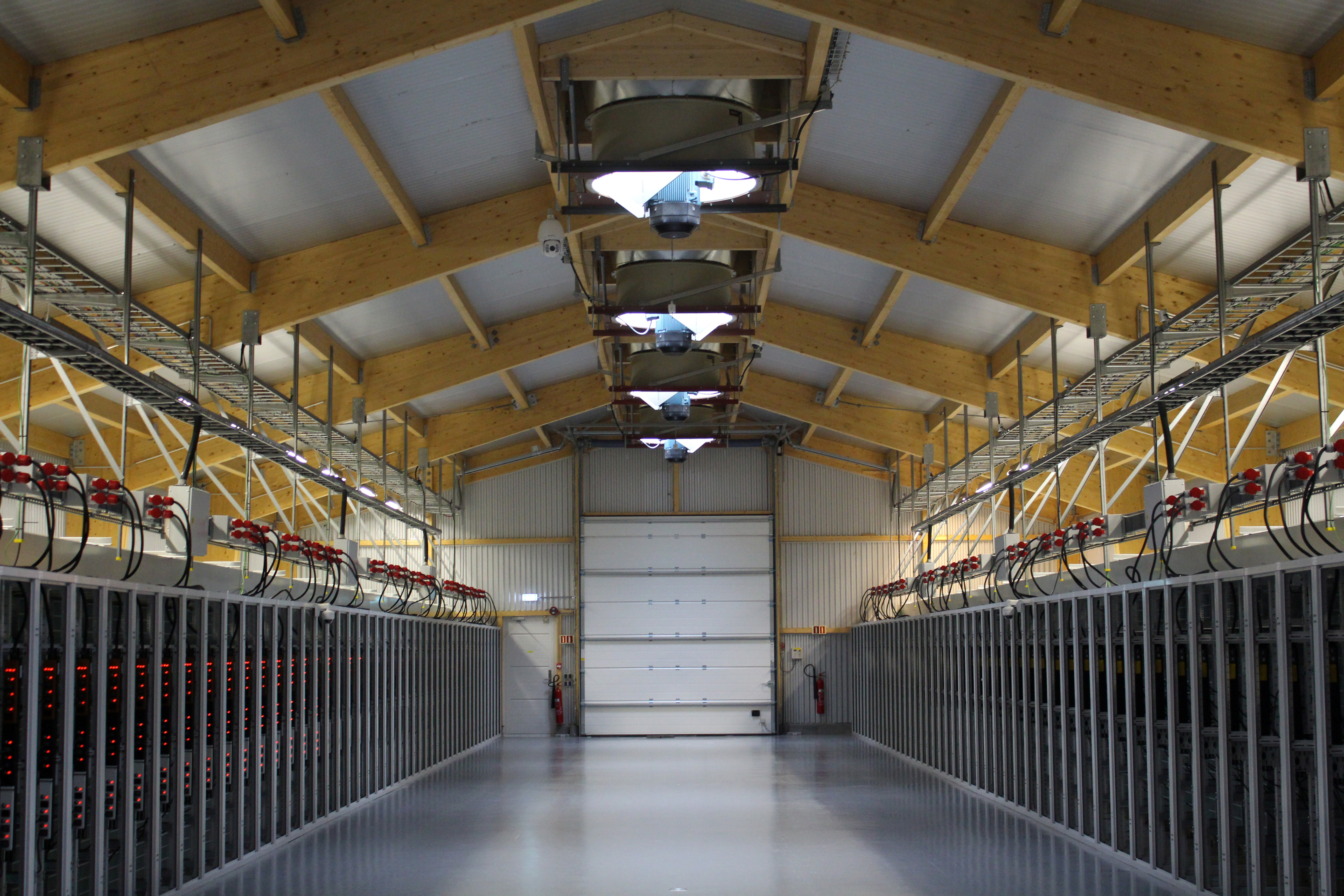
Even if the above places might be well suited for bitcoin mining, it’s not necessarily sensible for communities or governments to pursue it. Like all forms of mining that have come before it, the bitcoin bubble, being inherently speculative, will eventually burst. Making the industry even more precarious, regulations surrounding bitcoin mining are still in their infancy and prone to dramatic changes. In 2013, when China’s biggest bitcoin exchange stopped accepting deposits in yuan, its value dropped by 50% overnight. For an entire settlement to stake its future on something so volatile seems foolhardy. Even gold, a commodity typically imagined to be a sure investment (“worth its weight in gold,” as they say), has had major ups and downs overtime. The chart below shows, in real dollars, how much gold has oscillated over time since 1265. Before the current spike in commodity prices that started in the mid-2000s, you actually would have lost money if you had made your initial investment in gold 750 years ago.
Bitcoin: not so environmentally friendly
Bitcoin also presents serious issues to planet Earth. Even though the invisible currency exerts a negligible impact compared to oil, gas, or any other conventional form of mining, it still has taxing energy demands. Hydropower, the energy that might one day power lots of cryptocurrency mining, is also not as green as the industry’s image makes it seem.
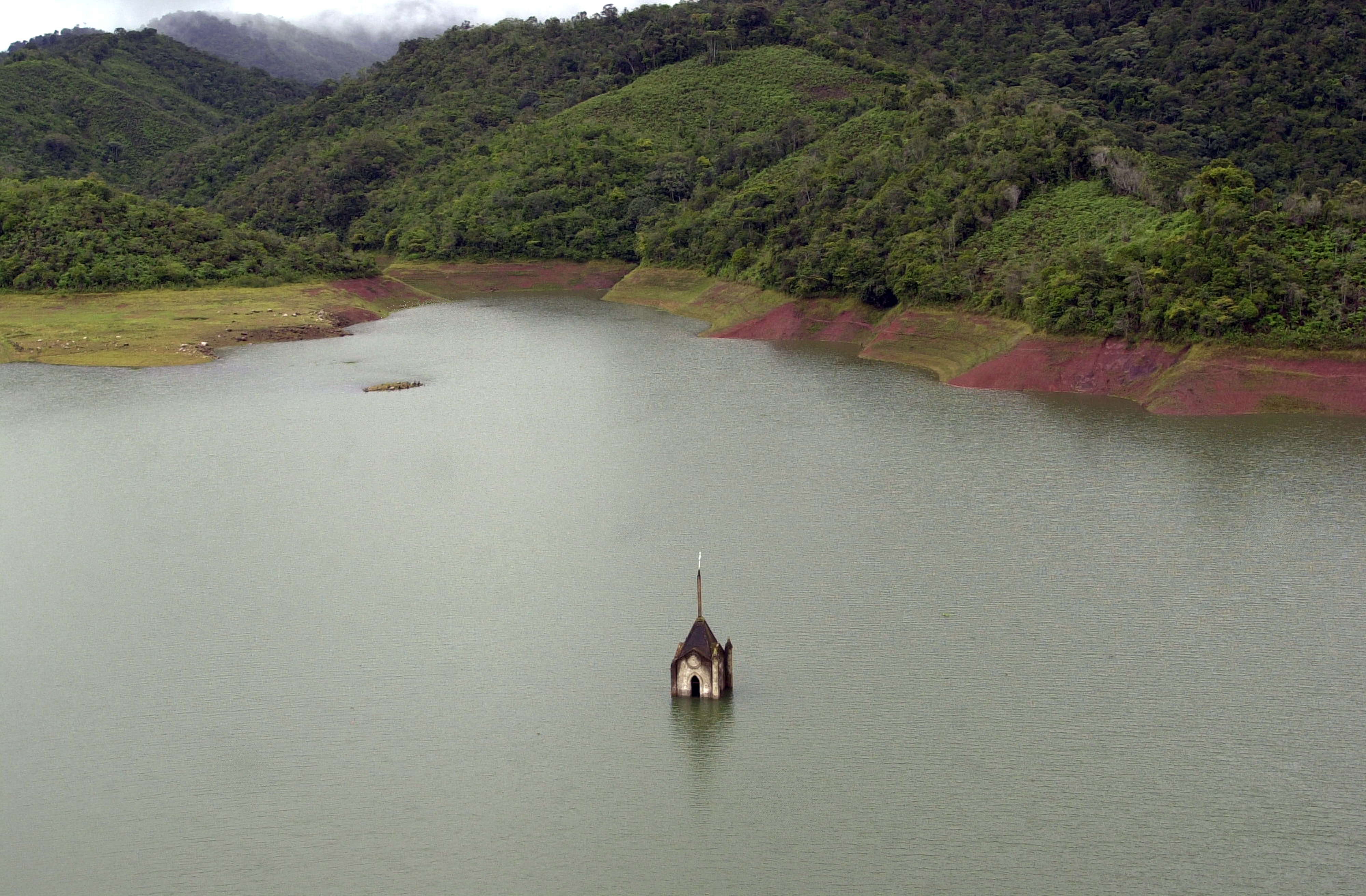
The flooding of land to create reservoirs is its most obvious detrimental impact. Others include severe disturbances to river ecosystems, which are crucial in much of the Arctic, and, surprisingly, carbon emissions. A recent study estimated that worldwide, dams produce more carbon emissions than all of Canada, and that’s even despite the country’s infamously toxic oil sands extraction.
At its heart, bitcoin is still yet another industry that is extractive. The product has no added value. Instead, its value is wholly determined by speculation, generally by people living outside the Arctic. Even though bitcoin mining seems like a virtual activity, it has material impacts on land and energy use. For the places where it suits, bitcoin mining may be reasonable in small amounts. To predicate a city’s future on it, though, or more riskily, to build a whole city out of scratch in the hopes that bitcoin will only get bigger, is just setting up frontier towns to fail. This is a familiar story for much of the North, and one that does not need to be repeated.
Then again, there’s always a chance at a second life as a ghost town full of abandoned server farms. That sounds like just the thing that might attract Millennial tourists in twenty years’ time.
This post first appeared on Cryopolitics, an Arctic News and Analysis blog.
Related stories from around the North:
Canada: Arctic nickel, not oil, could soon power the world’s cars, Blog by Mia Bennett, Cryopolitics
China: It’s official: China releases its first Arctic Policy, Blog by Mia Bennett, Cryopolitics
Finland: Environment minister proposes coal-free Finland by 2025, Yle News
Germany: Cheap oil from the Arctic? Fake news, says climate economist Kemfert, blog by Irene Quaile, Deutsche Welle
Norway: Dwindling interest in Norway’s Arctic oil raises many questions, The Independent Barents Observer
Russia: For Vladimir Putin, Russia’s prosperity will come from the Arctic, The Independent Barents Observer
Sweden: Sweden could be a model of sustainability, says environment professor, Radio Sweden


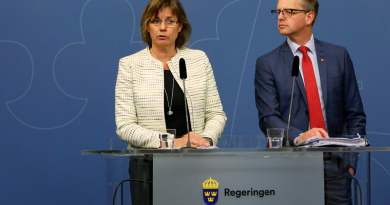

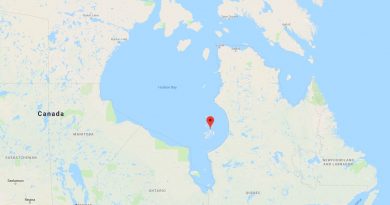
I appreciate your work on Blockchain. It’s such a wonderful read on Blockchain.Keep sharing stuffs like this. I am also educating people on similar technologies.
Privileged to read this informative blog on Blockchain. Commendable efforts to put on research the data. Please enlighten us with regular updates on Blockchain.
Thanks for sharing useful information. I appreciate your content. I love your Blog. Keep sharing!
hello admin thanks for sharing informative blog. i am with you i think also bitcoin mining is next rush to hit the Arctic.
Thanks for always writing about such important clarifications and reminders.
Great read! It’s fascinating to see how the world of cryptocurrency and bitcoin mining is impacting even the most remote regions of the world, like the Arctic. As a dedicated PHP developer, I can certainly appreciate the power and potential of blockchain technology, and it’s exciting to see how it’s being applied in new and innovative ways. Overall, this article offers a thought-provoking glimpse into a rapidly-evolving industry and raises some important questions about its impact on our planet and our society.